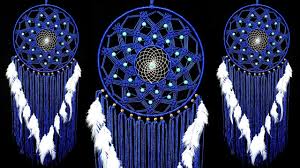Every culture and country has a unique souvenir or practice that they believe brings them luck. Whether it’s by carrying acorns for good health or placing an elephant in your shop for a profitable workday, there are numerous different talismans and ways to use them.
As cultures have evolved and assimilated, these good luck charms have traveled across continents and seas. Whether you understand such good luck charms in your palm, wear them around your neck, or mount one near your front door, these talismans or amulets are meant to ward off of evil spirits or corrupt forces.
Naturally, there is no proof any such tokens, which travelers commonly pick up as souvenirs, actually work. However, these cultural symbols both inform and enchant us.
So, let us list down ten good luck charms from around the globe:
1. Acorns from England

According to the beliefs, acorns are said to protect one’s health. Carrying an acorn is believed to conserve from illnesses, aches, and other pains. If you’re already ill, it is said to speed up the recovery process and ease any pain.
2. Carp scales from Poland

Carp scales eaten for Christmas dinner are deemed a good luck charm that will last the rest of the year. This custom is also followed in neighboring countries, such as Slovakia and the Czech Republic.
Tradition tells you should keep the carp swimming in your bathtub until it’s time to kill it for family dinner, but modern Poles now opt for ready-to-eat carp instead. After the fish is eaten, people will keep a few scales in their wallet or on their person for 12 months to help with good fortune.
3. Cornicello from Italy
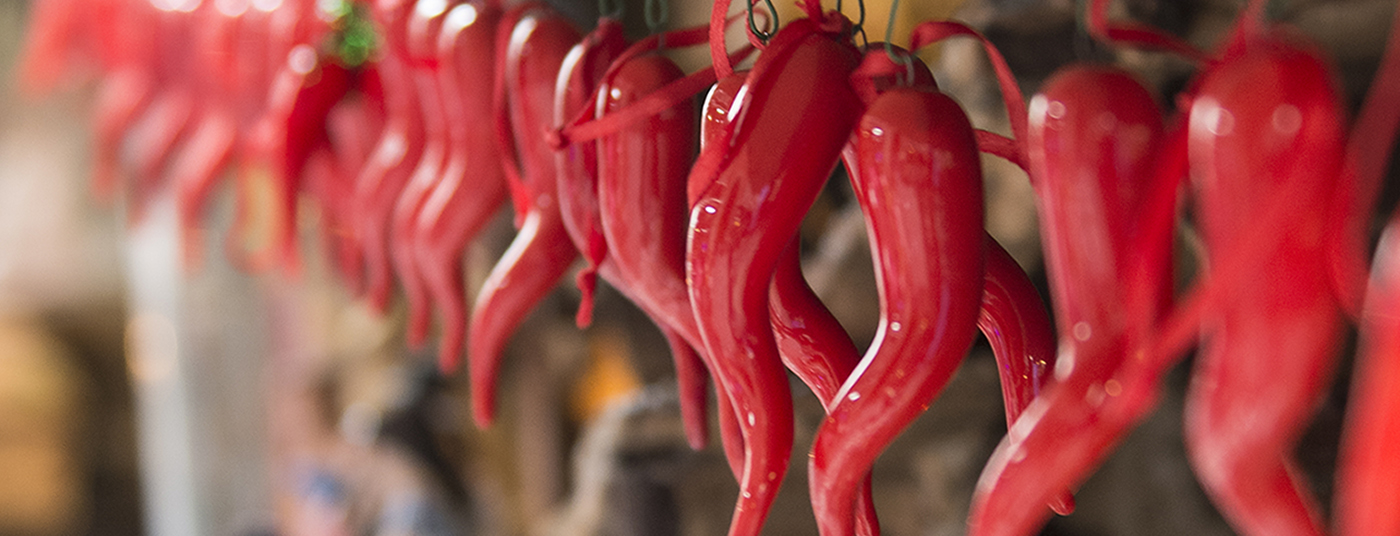
This Italian horn is known as “cornicello,” has been used since ancient times to ward off the evil eye. It is still a universal good luck symbol in Italy and is often worn by nursing mothers and pregnant women. It was also used to maintain happiness in marriage, as many believe the evil eye can affect friendships and relationships.
4. Dala horse from Sweden
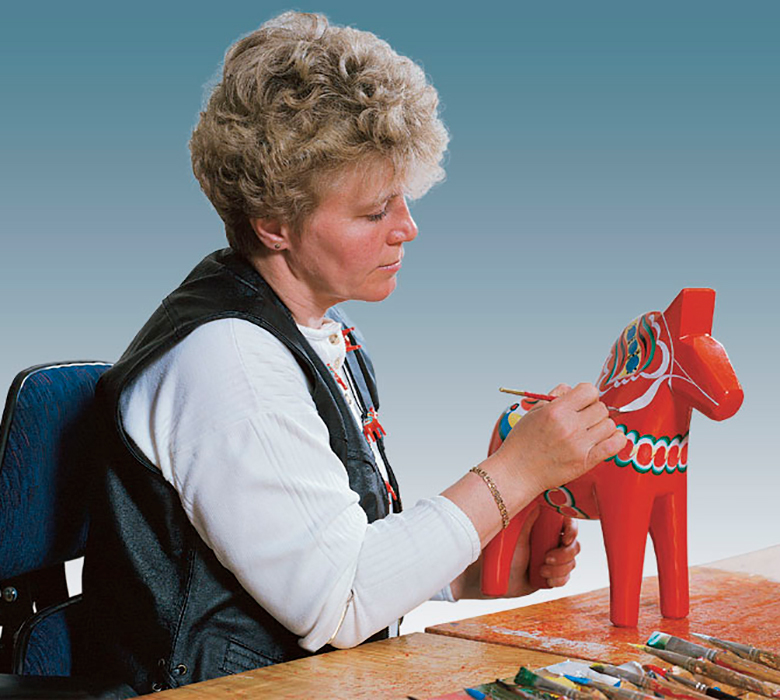
Dala, or Dalecarlian, horses were first carved hundreds of years ago as a Swedish pastime. Horses were deemed a holy animal, so many Swedes would use scraps from wooden furniture and other projects to craft horse figurines. Today, the horse is also a symbol of good luck.
5. Dream catcher from the United States
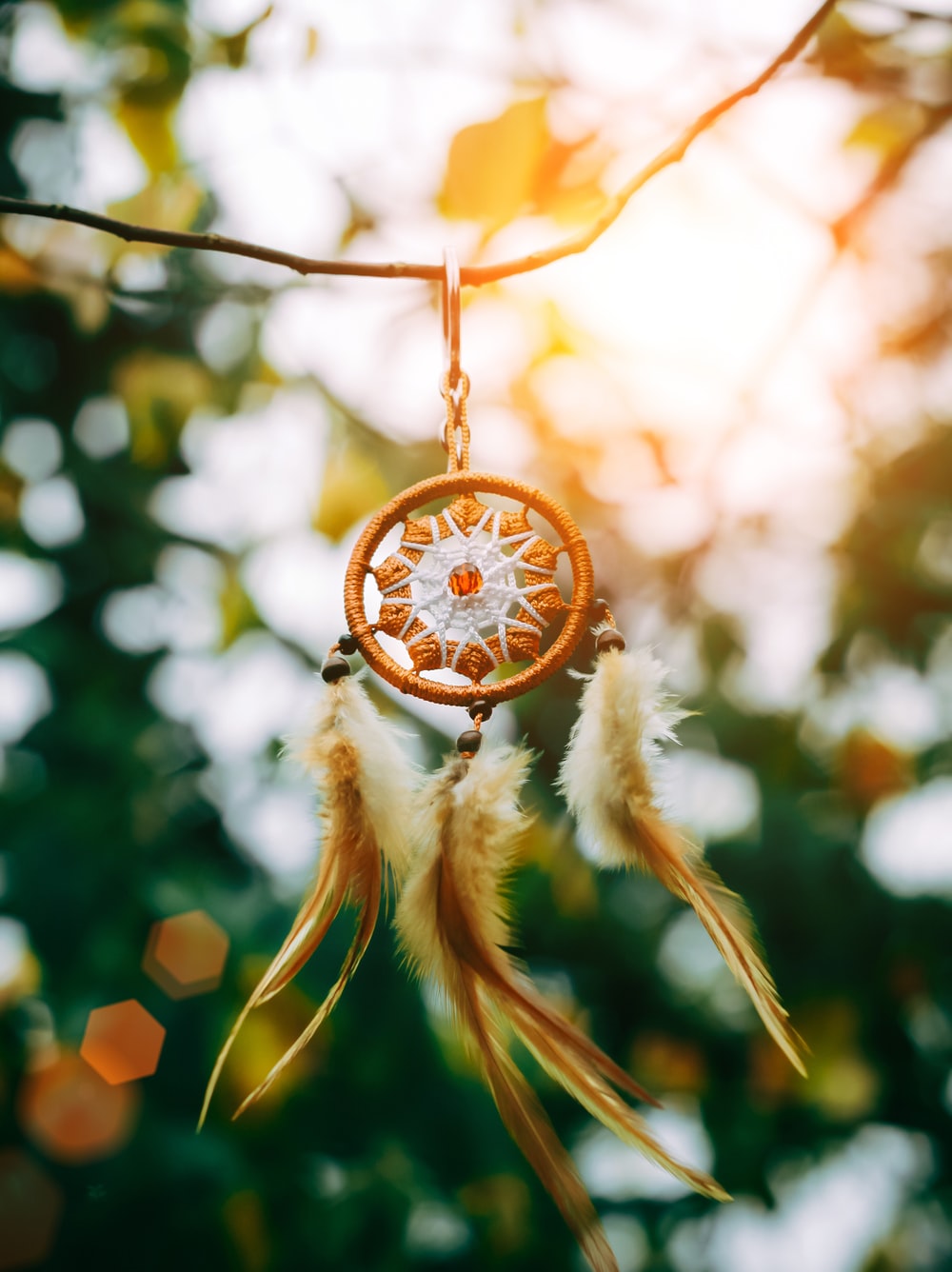
Much like worry dolls, the Chippewa Native American dream catcher is used for those with difficulty sleeping, specifically those with nightmares. When the person is asleep, the dreamcatcher is said to trap all the horrors of the sleeper, to give good luck, and enable pleasant dreams to flow freely.
Legend has it that when the sun rises, the bad dreams caught in the dream catcher dissolve, as they cannot survive sunlight.
6. Elephant from India and Thailand
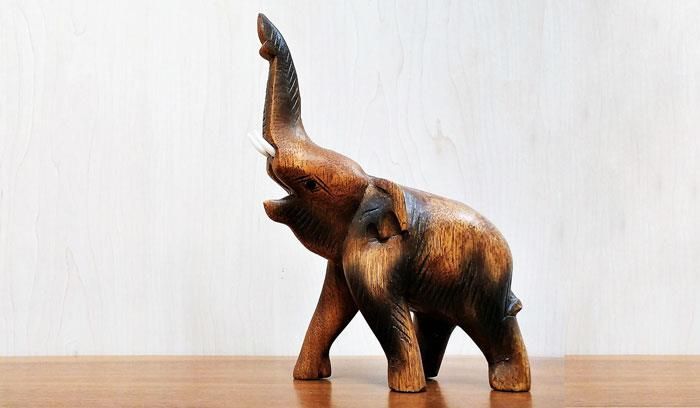
Elephants as a symbol for good luck are shared all over Asia, but they are particularly well-known in India and Thailand. They symbolize strength, power, stability, and wisdom. Several people believe that an elephant facing your door will bring good luck to your home. As an outcome, numerous business owners in Asia will place elephants at the entrance of their shops for good luck.
7. Four-leaf clover from Ireland
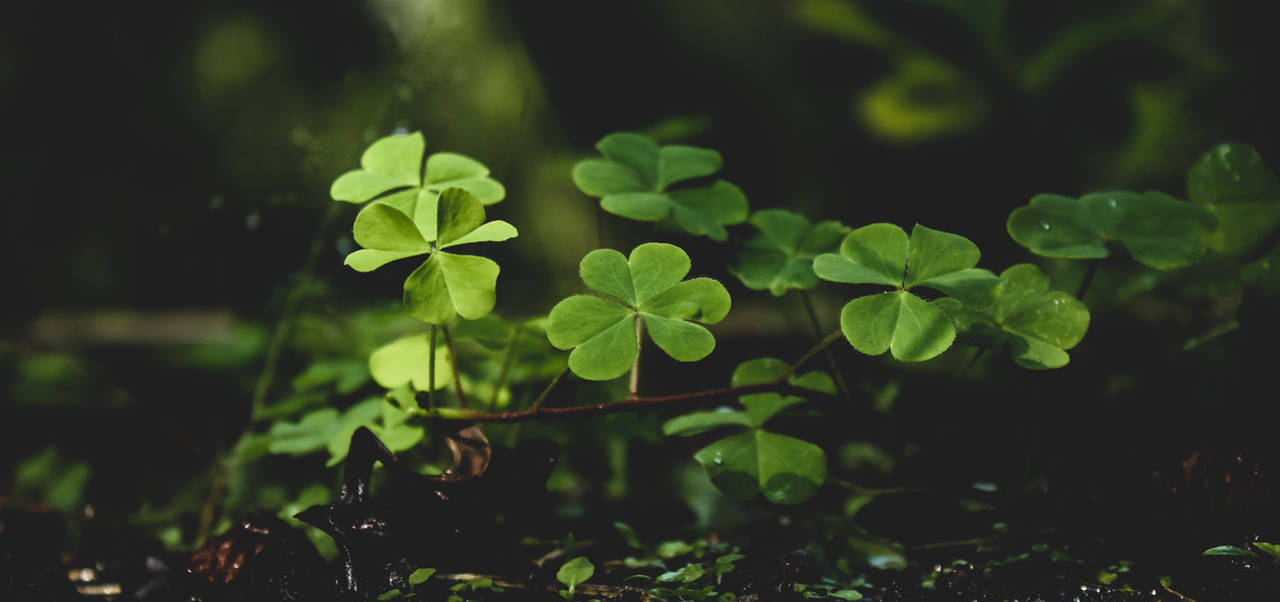
The likelihood of finding a four-leaf clover is allegedly 1 in 10,000, which is why it’s deemed so lucky. The four sides signify faith, hope, luck, and love, and anyone who finds it is said to have a tremendous fortune that day.
8. Hamsa Hand from Israel and the Middle East
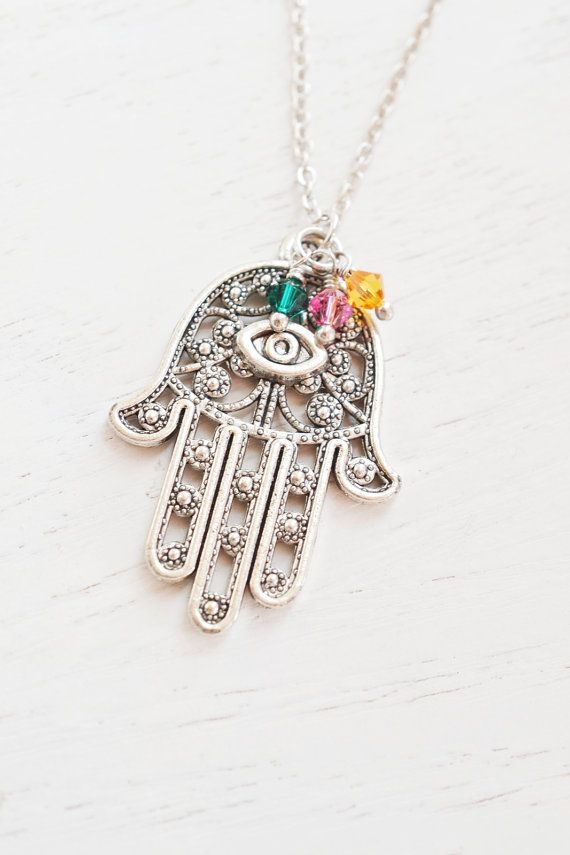
The Hamsa Hand, or Khamsa, is common in both Jewish and Muslim communities as a sign of good luck. This charm can be worn with the hand facing up or down. It is said to protect people from negative energy and bring happiness to the beholder.
Depending on the culture and community, the symbol of the hand bears different meanings. The word “hamsa” references the number five in Hebrew and is said to symbolize the five books of the Torah: Genesis, Exodus, Leviticus, Numbers, and Deuteronomy. In Islam, the five fingers are associated with the Five Pillars of Islam. The eye on the hand represents an eye that sees everything and watches out for the beholder.
9. Jin Chan from China
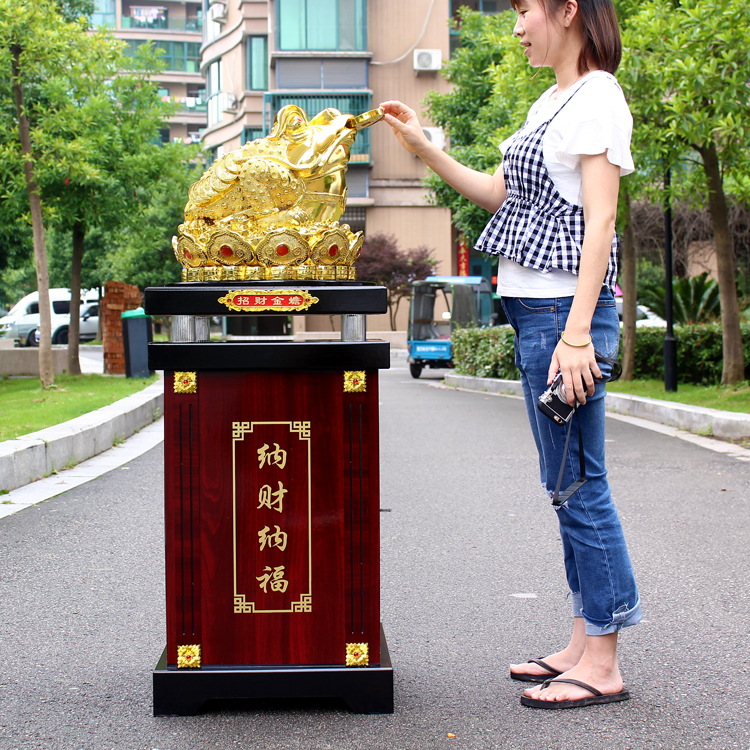
A famous feng shui charm, the jin chan, or “Golden Toad,” is fashionable in China as a symbol of luck and achievement. The frog is said to occur during a full moon, bearing good fortune and warding off any bad news. With only three legs, sitting in a pile of coins with a coin in its mouth, this frog can be traced back to Chinese legends.
10. Nazar from Turkey
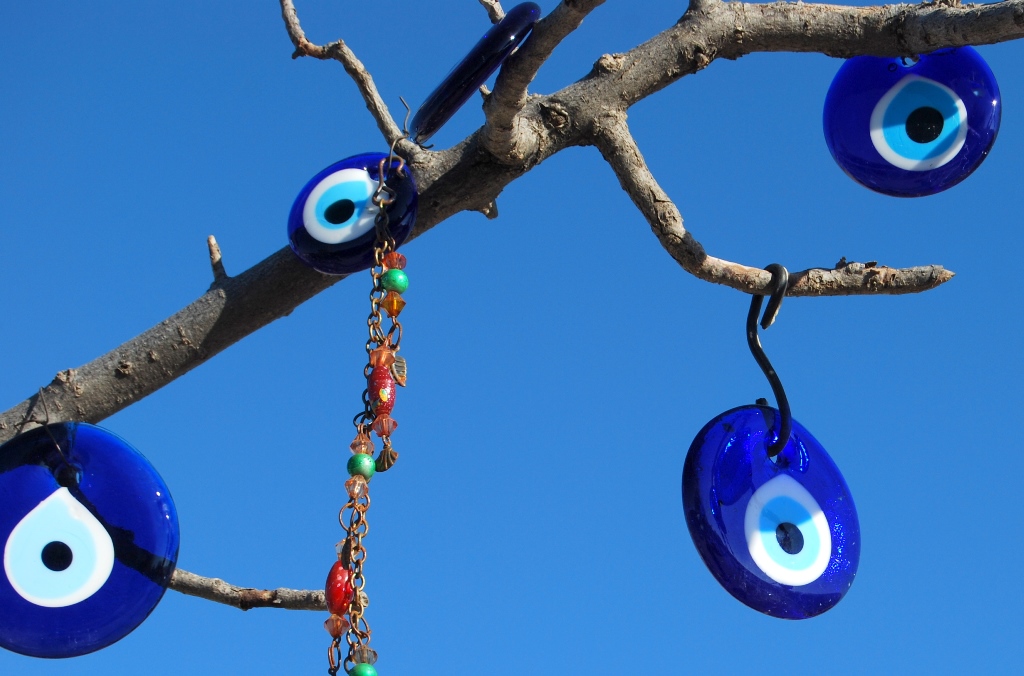
Nazar Boncugu in Turkish refers to a very traditional item in Turkey; it’s a blue bead used as a talisman, which is believed that it would protect you against the evil eye. The evil-eye superstition comes from very early times, and it can be found in most of the cultures in the world.




































